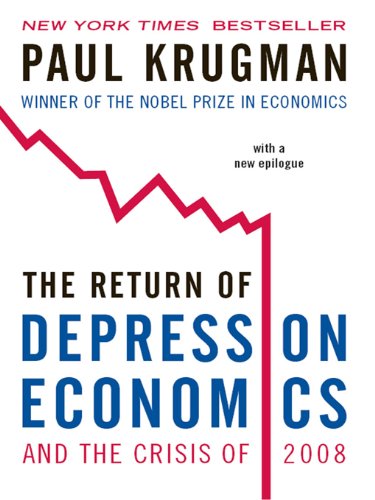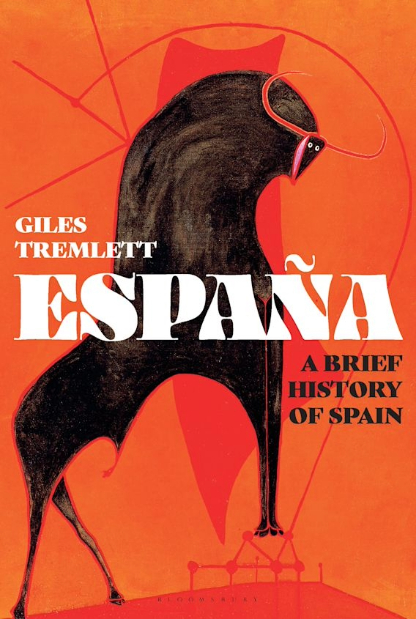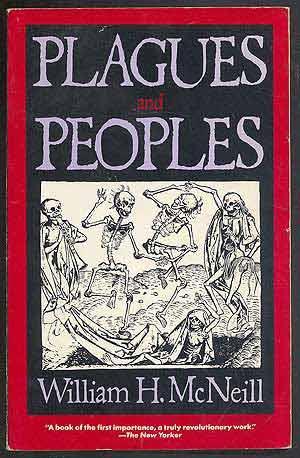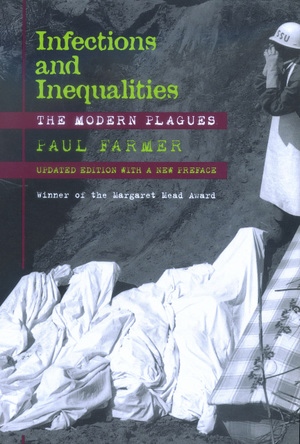Hello, Bastar: The Untold Story of India’s Maoist Movement, Rahul Pandita. Tranquebar Press. 2011. 202. ₹295. ISBN 978-93-8065-34-6
Rahul Pandita, a journalist and an author based in Delhi, whose previous book Our Moon Has Blood Clots on the plight of Pandits in the valley of Kashmir at the hands of the Islamist militants, deals with conflict zones. Likewise in Hello, Bastar, Pandita goes to the jungles of Chhatisgarh to describe the people engaged in what the Prime Minister at the time, Manmohan Singh, described as the biggest threat to India’s security, namely the Maoist insurgency. For two years, Pandita conducted his investigative work throughout Dandakaranya, gaining access to the top echelons of the movement, including the supreme commander Ganapathi, as well as the to the state officials involved in its suppression. As such, the book is an attempt to portray the conflict from the ground up, if you will, as it avoids the dense jungle of academia and its accompanying analysis of the insurgency. Indeed, Pandita has said that the literature on the insurgency often “reads like a propaganda material”.
The book therefore naturally opens with the contrast between the poverty-stricken slums of the Molarband Extension colony in the South of Delhi and the lifestyles of the middle class. The initial juxtaposition between the rich and the poor, the struggle for survival and the obliviousness for the plight of others. It is precisely in this void created by the inequality that the Maoist movement finds itself, attempting to fill it. Hello, Bastar, as any book on the Maoist insurgency in India, pays tribute to the 1967 Naxalbari uprising in West Bengal and the events that led to the killing of the police Superintendant Sonam Wangdi. The story of the origins is largely told in episodes, with the story moving from West Bengal to Telangana, involving numerous characters, debates within the movement regarding the necessity of an armed uprising and the splits this caused within the Communist Party of India, as well as the brutality of the State crackdown involving the killings of Adivasis and activists, as well as their sexual exploitation by the officials. Contrary to the chronological accuracy, Naxalbari episode is told before the Telangana movements against the Nizam, despite the latter having preceded the former. Perhaps due to the constraints on the length of the book, Pandita merely describes the flare-ups throughout the country without giving a proper explanation of their causes. The reader is then left with numerous contained episodes of violence, connected with each other through the physical conflict between the oppressed and the oppressors. The sustained, slow violence, is perhaps to be assumed. Likewise, given that Pandita attempts to give a human face to the conflict, the ideological differences are largely not commented upon. One side is Communist, the other is against them. The reader knows what the oppressed struggles against, but not what she is for. Again, perhaps it is to be assumed, given the individual’s membership in an organization.
The story of the modern Maoist movement begins in Chapter IV, with the author turning to the areas now commonly known as the Red Corridor. Dandakaranya, combining the four districts of Andhra Pradesh-Karimnagar, Adilabad, Warangal and Khammam, was chosen due to their connectedness through dense forest, which makes the guerrilla activity easier to conduct. It was chosen over Kondapalli Seetharamaiah’s dinner table. This was to be the rear base, beyond the control and possibly access of the State forces, from which the activity was to emanate. Here, Pandita gives a personal touch to the movement, reminding the reader that it is made up of humans after all, with their struggles and motivations. Pandita then gives an example of Peddi Shankar, a 23-yeard old Dalit, whose standing up to the men who terrorized his village and tease the women and hacking them to death with an ax is a suitable embodiment of the whole conflict. There is also the story of Ram Pravesh Baitha, whose aspirations for a better life led him to obtain a Bachelor’s degree, but not before he was beaten up for it by other upper-caste ruffians, who likewise had a hand in preventing his employment. Lower caste and upper caste were engaged in an open, and bloody, conflict. It was precisely this caste induced conflict that leads to a vicious circle, whereby violence would be committed by the upper caste against the lower caste, inducing the lower caste to organize and perpetrate violence against the upper caste, which would then exact revenge. It could be said that each grouping was guided by the Maoist Communist Centre slogan: apni satta, apna kanoon. Our power, our law. The more the violence occurred, the more organized and the more determined each grouping was. The underlying caste system would remain untouched.
But there are instances where one can diverge from the predispositions of one’s upbringing. In Chapter VIII, Pandita introduces Anuradha Anu Shanbag, who despite her privileged upbringing sided with the oppressed. In that, she found a lifelong companion Kobad Ghandy. Theirs is a love story of commitment to each other and of loyalty to one’s principles, even if the latter come to make the former more difficult. With their coming together, their slow descent into the underground begins. One was in Bastar, the other was elsewhere; living the harsh life of the jungle, escaping police ambushes, overcoming bouts of malaria and often losing consciousness. Anu died in 2008, suffering multiple organ failure, as a member of the Central Committee of the CPI (Maoist). Kobad Ghandy was arrested. It is interesting, though, why Pandita chooses to focus on the story of Anu and Kobad, despite numerous opportunities to put a human face on the Adivasi or Dalit suffering, which he thoroughly documents throughout the book. The Adivasi remains anonymous, a Dalit, named at best. Is the reader fascinated more by the unlikely cause taken up by a privileged member of a stratified society, who rejects his inherent privilege for the life of hardship? Or is this an instance of romanticized poverty? Shock may cause admiration. If a Dalit or an Adivasi, as many indeed are, pursues the life Anu lived once she left Mumbai, the effect in the reader would probably have been that of natural acceptance of her choice. Perhaps in showcasing Anu, Pandita hopes to inspire the urban middle class to reflect upon its position. However, the movement cannot wait for the Anu’s of Mumbai, Delhi, Chennai or Bangalore to realize the vast suffering their lifestyles are causing to the poor of India.
Hello,Bastar stands out as an attempt to give voice to the voiceless and often-times demonized participants of the Maoist insurgency in India. In that, it succeeds in telling the ‘untold story’. It contextualizes the modern movement within the socio-economic fabric which due to its very constitution produces conflict, between the rich and the poor, between the State and the Maoists. Both struggle for survival, but the survival of both can only be assured by the survival of the poor, and the removal of distinctions.




